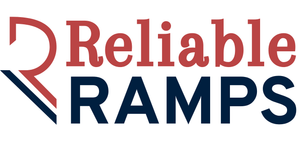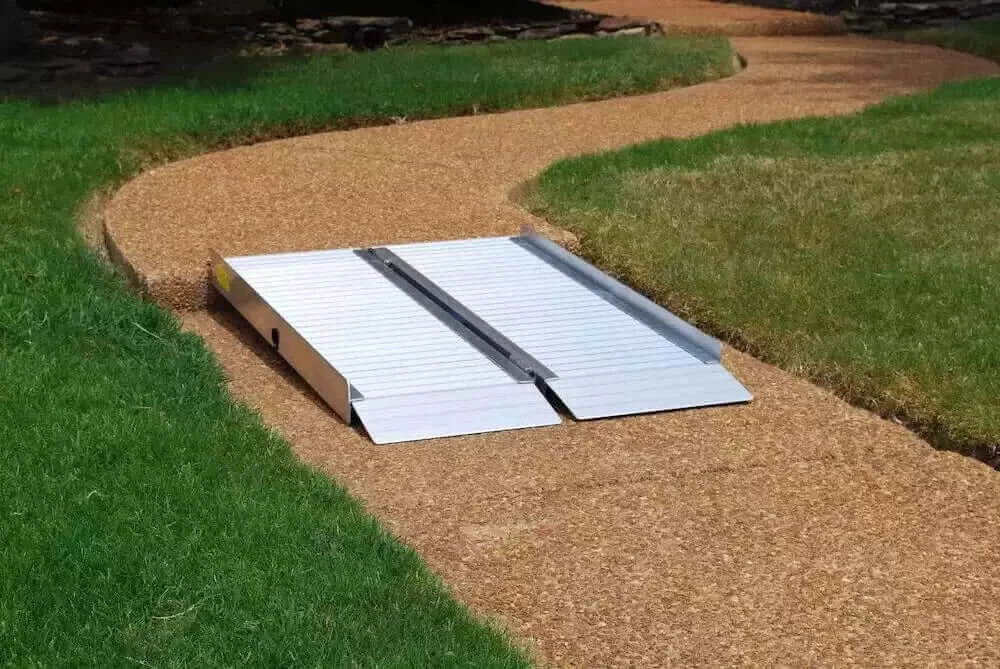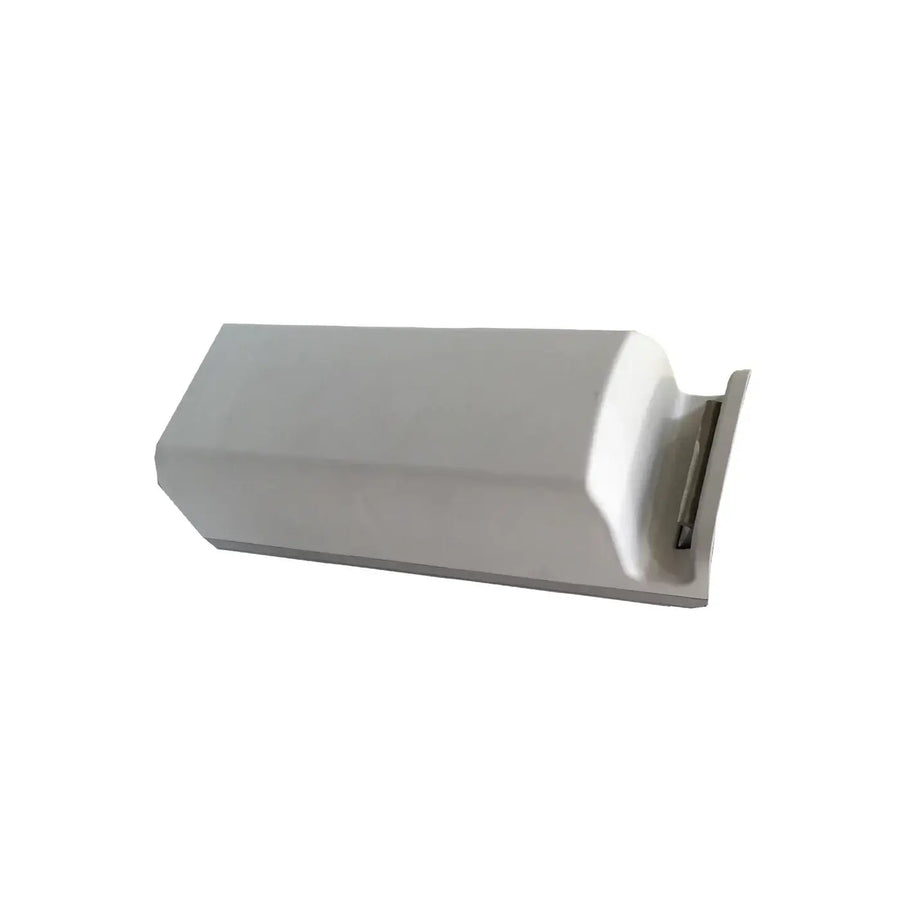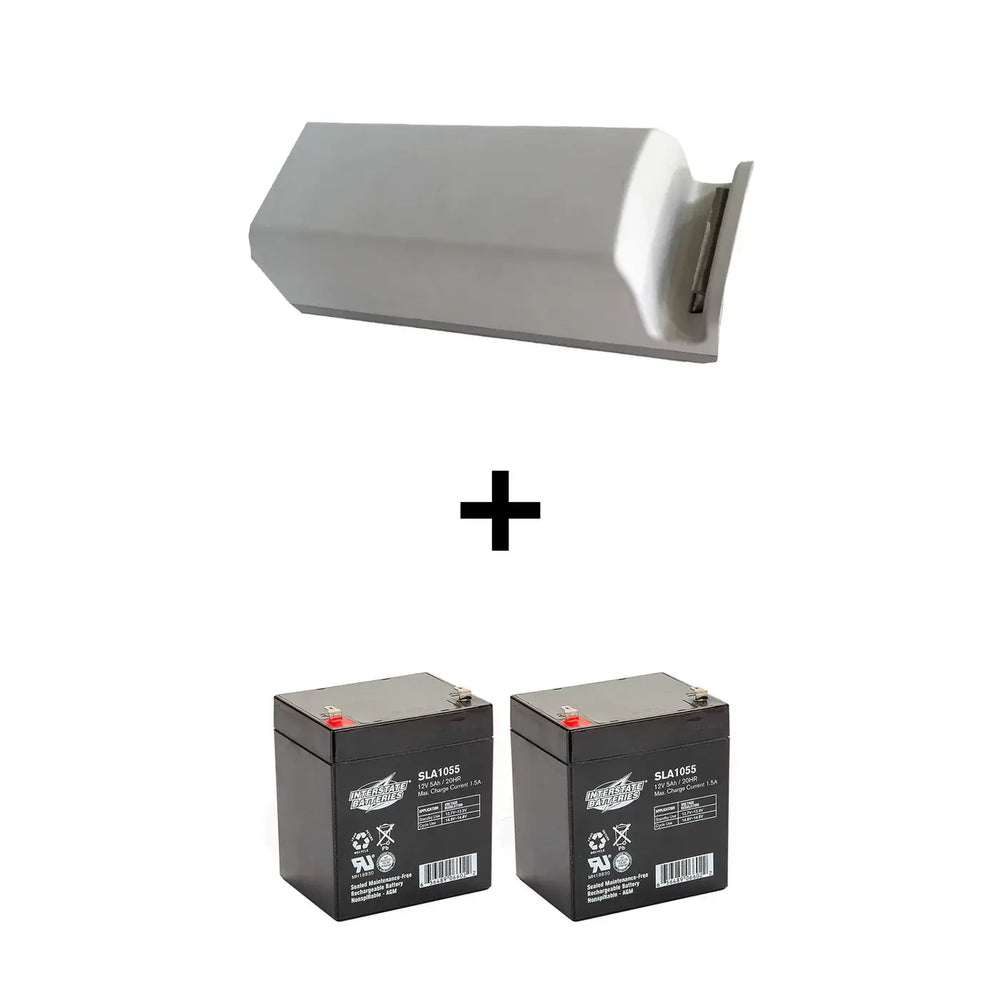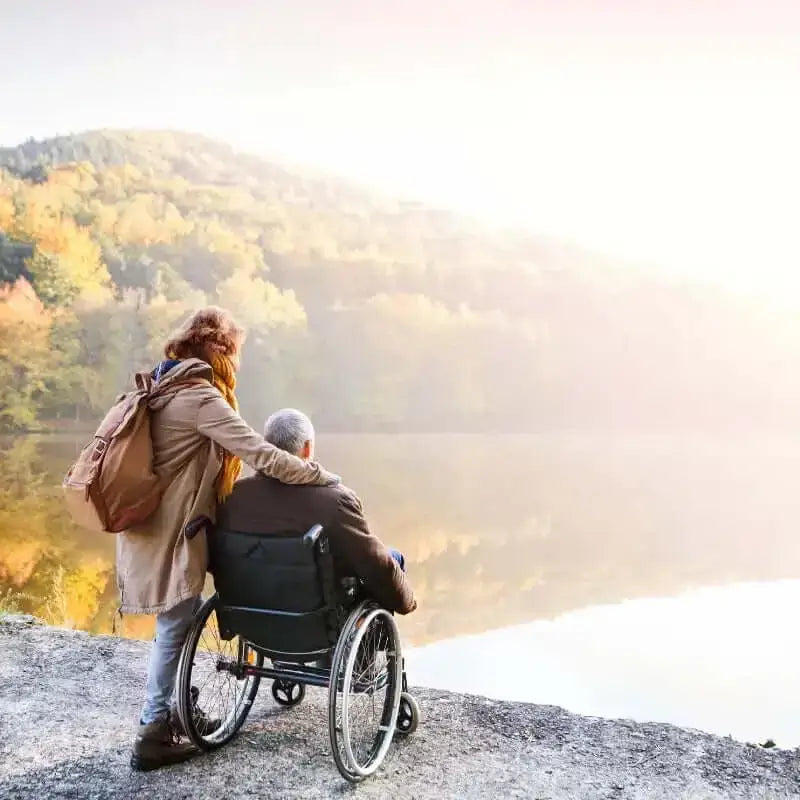Do You Need a Doctor's Order to Use a Hoyer Lift?
Yes, you typically need a doctor's order to use a Hoyer lift, especially if the individual has specific medical conditions or mobility concerns. This order guarantees safe and appropriate use, provides guidance on handling techniques, and confirms the medical necessity for the lift. It's also essential for arranging proper caregiver training. Understanding the importance of a doctor's order can help you facilitate a safer transfer process. Explore more about the benefits and guidelines of using a Hoyer lift.

The Role of a Doctor's Order in Patient Care
Why is a doctor's order important when using equipment like a Hoyer lift? It plays a key role in ensuring that the patient receives the right kind of support, at the right time, in the safest way possible. A doctor’s order isn’t just paperwork—it’s a tool that helps everyone involved in care stay on the same page.
Here’s why a doctor’s order matters:
-
Confirms Medical Need: It shows that the lift or sling is medically necessary based on the patient's condition, which is also important for insurance approval.
-
Supports Proper Training: With an official order, caregivers are more likely to receive proper instructions on how to safely use the equipment.
-
Helps Prevent Injuries: A doctor’s guidance reduces the chance of incorrect equipment use, protecting both the patient and the caregiver from harm.
-
Improves Team Communication: It keeps all healthcare professionals involved—nurses, therapists, and support staff—aware of the care plan, ensuring consistency and safety during transfers.
Whether in a hospital, care facility, or at home, a doctor’s order helps create a safer and more organized care experience.
Guidelines for Hoyer Lift Usage
Understanding the guidelines for using a Hoyer lift is key to guaranteeing safe and effective patient transfers.
Before you begin, always check the lift’s weight capacity and confirm it meets your patient’s needs. One of the most important parts of the setup is the sling—it must be properly chosen for the patient’s body and condition. Using a reliable and well-fitted hoyer lift sling ensures better support and reduces the chance of discomfort or injury during transfers.
When lifting, maintain a stable base and keep the patient close to the lift for better control. Speak calmly with the patient throughout the process to help them feel secure.
Also, make sure the area around the lift is clear of obstacles. Doing regular equipment checks can further enhance safety and protect both the caregiver and the patient.
Always follow proper training and safety steps to make each transfer smooth and stress-free.
When a Doctor's Order Is Necessary
When is a doctor's order necessary for using a Hoyer lift?
It's vital to understand that while Hoyer lifts can be incredibly helpful, they're not always appropriate without professional guidance.
Here are a few scenarios where a doctor's recommendations are important:
-
You've recently undergone surgery or a significant medical procedure.
-
You have a specific medical condition affecting mobility.
-
You're at risk for injury due to limited strength or coordination.
-
Your caregiver needs training on safe lifting techniques for your unique needs.
Obtaining a doctor's order guarantees patient safety and confirms that using a Hoyer lift is suitable for your situation.
Always prioritize professional advice to avoid complications and guarantee a smooth transfer process.
Getting Professional Input Before Using a Sling
While a doctor’s order may not always be required to use a Hoyer lift at home, getting professional input is still important—especially when choosing the right sling size.
Here’s why professional guidance helps:
-
Correct Sling Size: A therapist or nurse can assess the person’s body measurements and mobility needs accurately.
-
Safe Transfer Planning: They can recommend the right sling type and transfer method based on the patient’s condition.
-
Reduced Risk: Using the wrong size or sling style can lead to injury. A healthcare provider helps reduce that risk.
-
Home Safety: Occupational therapists may also check the home environment to make sure the lift is being used safely.
Even if you buy the lift and sling on your own, asking for a one-time consult can make the whole process safer and easier.
Best Practices for Caregivers Using Hoyer Lifts
Using a Hoyer lift safely and effectively requires following best practices to guarantee both the caregiver's and the patient's safety.
First, make sure you've completed thorough caregiver training to understand the lift's operation and safety features. Always check the equipment for any damage before use.
When lifting a patient, verify they're securely positioned in the sling and that the lift is stable. Communicate clearly with the patient throughout the process to reduce anxiety and enhance cooperation.
Always keep your back straight and use your legs to lift, avoiding unnecessary strain. Regularly review patient safety protocols and adjust your techniques as needed.
